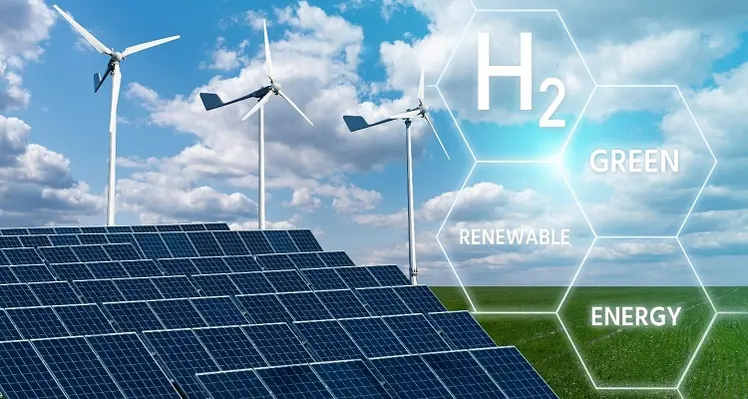Light, simple, abundant. That’s hydrogen (H2). Because hydrogen doesn’t create carbon dioxide (CO2) emissions when burned, it holds the promise of becoming essential for global energy transformation, pollution remediation, and decarbonising the planet
In fact, H2 production, distribution, and usage is skyrocketing, having been fuelled, in part, by environmental legislation and worldwide demand for clean energy.
H2 is extremely attractive as a fuel source because of its ability to be both environmentally friendly and sustainable. However, before the adoption of hydrogen becomes even more widespread, there is work to be done; namely, H2 must be produced, distributed, and used safely.
Despite hydrogen’s potential to become a widespread clean-energy source, there are very real safety issues to contend with. Therein lies the challenge and the paradox.
On one hand, hydrogen’s unique chemical properties make it an exciting fuel alternative. On the other hand, those same properties are what hold the potential for these dangers:
• Hydrogen has a propensity to leak.
• It is colorless, odorless, and tasteless, making it undetectable by human senses.
• Hydrogen has an invisible, high-temperature flame with low thermal radiation.
• It is fast detonating and more explosive than natural gas.
Leak monitoring and detection
According to the U.S. Department of Energy, all fuels – including hydrogen – pose some degree of danger. While hydrogen’s non-toxic nature and ability to dissipate quickly when released are just a few of the reasons hydrogen may be safer to handle than other fuels, there’s still a need for safe use.
"Specifically, hydrogen has a wide range of flammable concentrations in the air and lower ignition energy than gasoline or natural gas, which means it can ignite more easily. Consequently, adequate ventilation and leak detection are important elements in the design of safe hydrogen systems. Because hydrogen burns with a nearly invisible flame, special flame detectors are required."
Consistent monitoring, therefore, is imperative for hydrogen producers, distributors, and users.
MSA has been at the forefront of hydrogen gas and flame detection solutions. As one of the world’s largest and most experienced global suppliers of gas and flame detection equipment, MSA has pioneered the detection of combustible gases such as hydrogen, methane, and propane.
The company’s in-house Research and Development team develops, tests, and manufactures its own fully certified portfolio of products and safety solutions – including the very latest hydrogen gas and flame detection technologies.
Click here to learn about international standards, technologies and MSA’s solutions to gas detection safety challenges.









